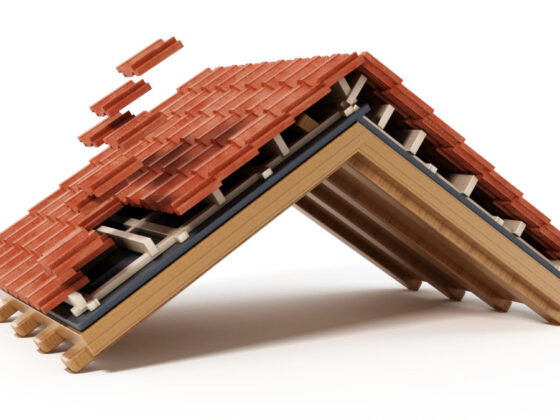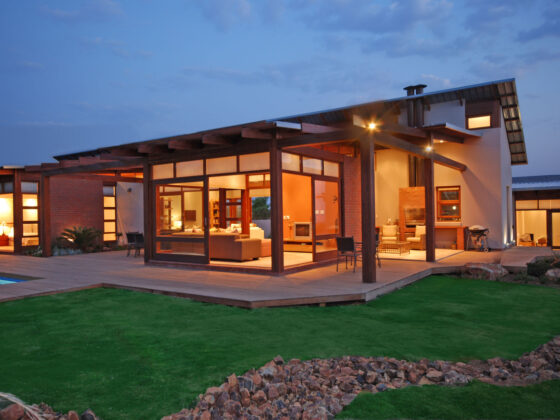The heart of cuisine and the control to a great extent depends on the choice of cooker and its burners. In the line-up of hobs, the French top burner is one of them that stands out in style. Let’s take this journey to learn about the differences between this French top burner and others by considering its design, features, and what it means for your cooking experience.
The Evolutionary Style of the French Top Burner
Unbelievable Adaptability
French top normally refers to a special type of cooking surface that consists of a large flat cast iron plate with several heating zones. Its versatility makes it different as it allows users to adjust heat for various types of cooking. The French top offers possibilities ranging from searing at high temperatures to simmering at low temperatures.
Accuracy Of Heat Distribution
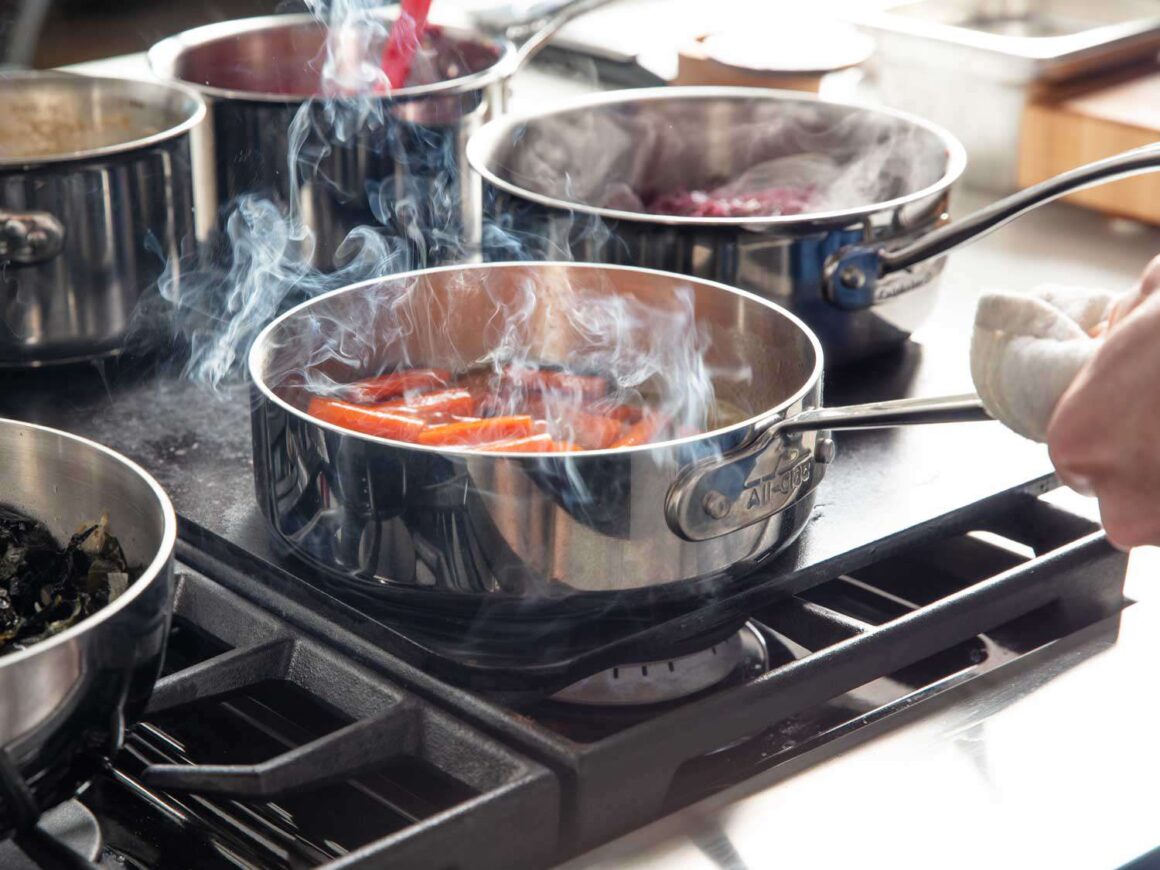
The remarkable feature that makes most people prefer the French tops is their exceptional heat spread over a wider area than normal burners with circles drawn in them. On such surfaces, they can be positioned anywhere enabling equal heating throughout pots or pans, etc. It can prove particularly useful for larger or non-circular objects used when preparing food.
Culinary Artistry
For gastronomy enthusiasts and professional cooks, the French top is a tool of art. They are capable of producing different levels of heat on one plane enabling chefs to perform any intricate cookery with accuracy. It takes simmering tender sauces to multi-step perfection and gives your cooking experience that extra oomph.
Contrasting the French Top with Conventional Burners
Traditional Burner Dynamics
More often than not, traditional kitchen burners that are common in ordinary stoves have an old design. These features separated circular burners that operate at certain temperatures only. However effective this may be, it limits where utensils can be placed leading to uneven heating.
Limited Temperature Zones
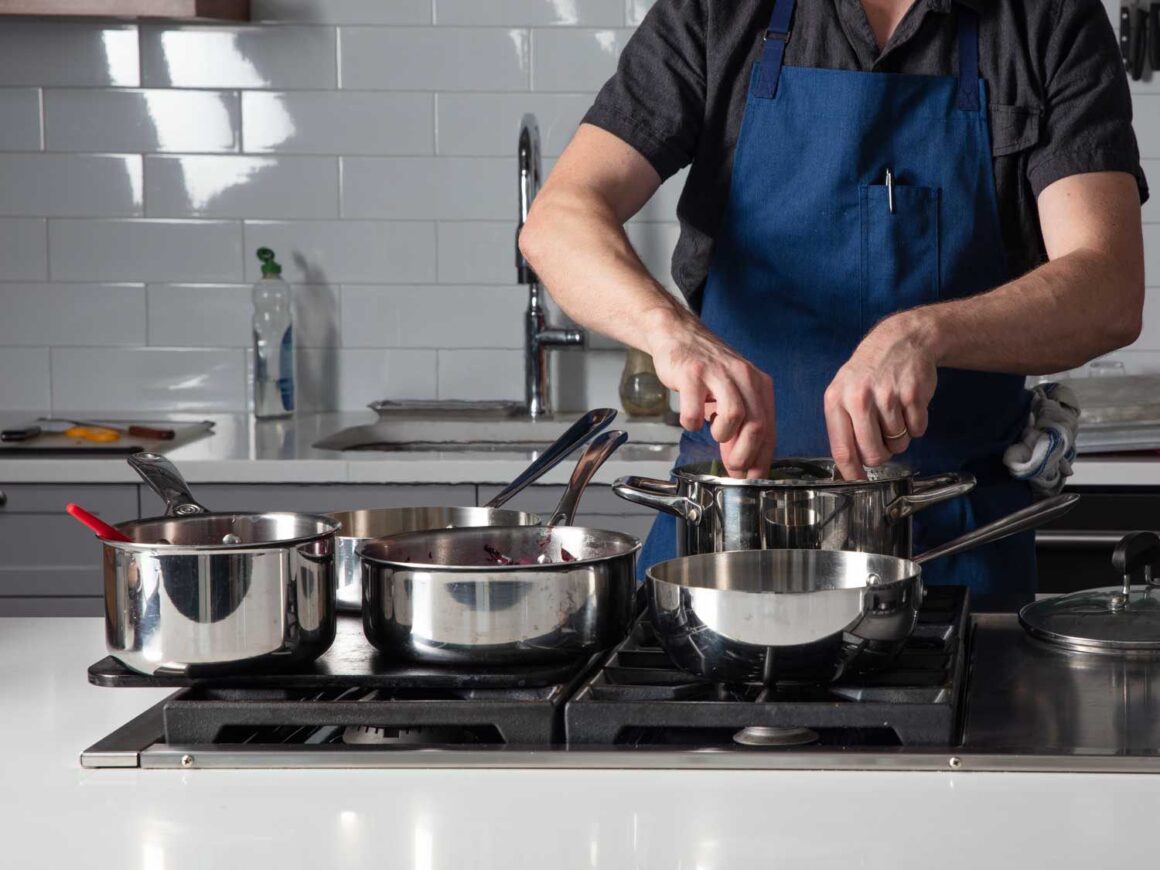
In contrast to French top, conventional burners offer a few temperature zones only. Every burner is designed for specific purposes; hence a chef has to switch between them when he or she needs different levels of heat production. This can become an obstacle when preparing complex dishes requiring exact temperature control.
Size Constraints
Standard burners come in sizes and cannot assume other forms restricting their effectiveness concerning what kind of utensils they can handle. On the other hand, the wide plain area of the French top easily accommodates all types of pots and pans thus adapting it to various techniques used for cooking meals.
Choosing the Right Burner for Your Culinary Journey
Culinary Enthusiast’s Delight
If you have a passion for cooking and want a cooking range that reflects your imagination, then the French Top Burner is perfect. It is so adaptive, allows you to control the temperature precisely, and has a large surface area which can be used as an art palette by any culinary artist.
Everyday Efficiency
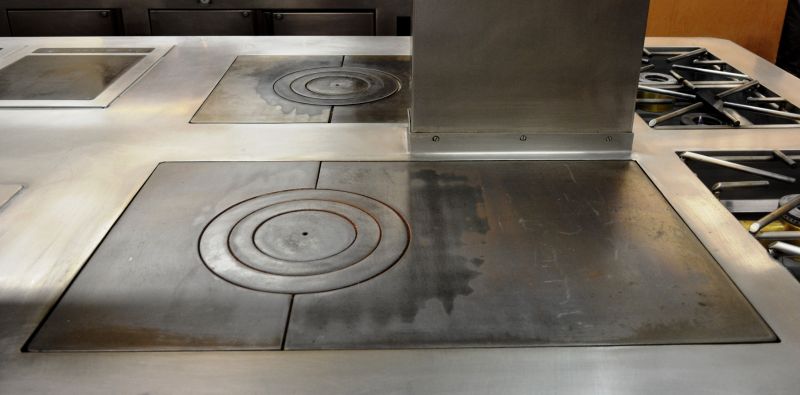
The French top may be highly flexible but sometimes, routine burners can work well for daily meal preparation. They are not complicated to use, common in different sizes fitting various kitchen spaces and user needs.
Aesthetics and Kitchen Design
Kitchen design and aesthetics also come into play when opting between a conventional burner or a French top. A French top appears sleek and sophisticated thus acting as a main feature of a luxurious kitchen while traditional burners blend perfectly with various designs.
Summary
Ultimately, whether one goes for an artistic all-rounder such as the versatile French-top burner or pragmatic cooktops like conventional burners due to their functional performance, it depends on personal preference, lifestyle considerations, as well as where one sees the kitchen fitting in his or her life. Hence both choices complement each other enabling flavors from your heart – home – to create symphony through either the classic efficiency of regular stovetops or this artistic one-piece setup called French range.

